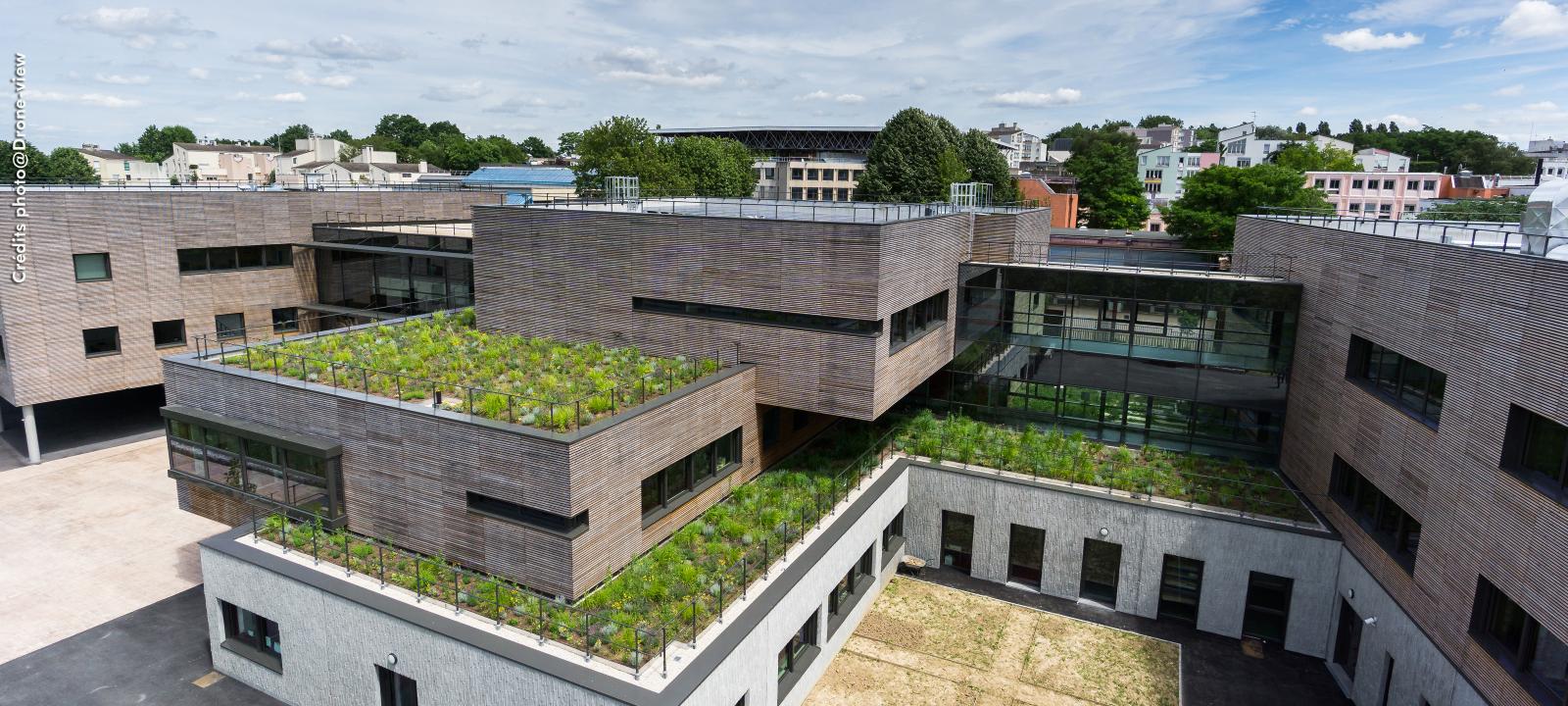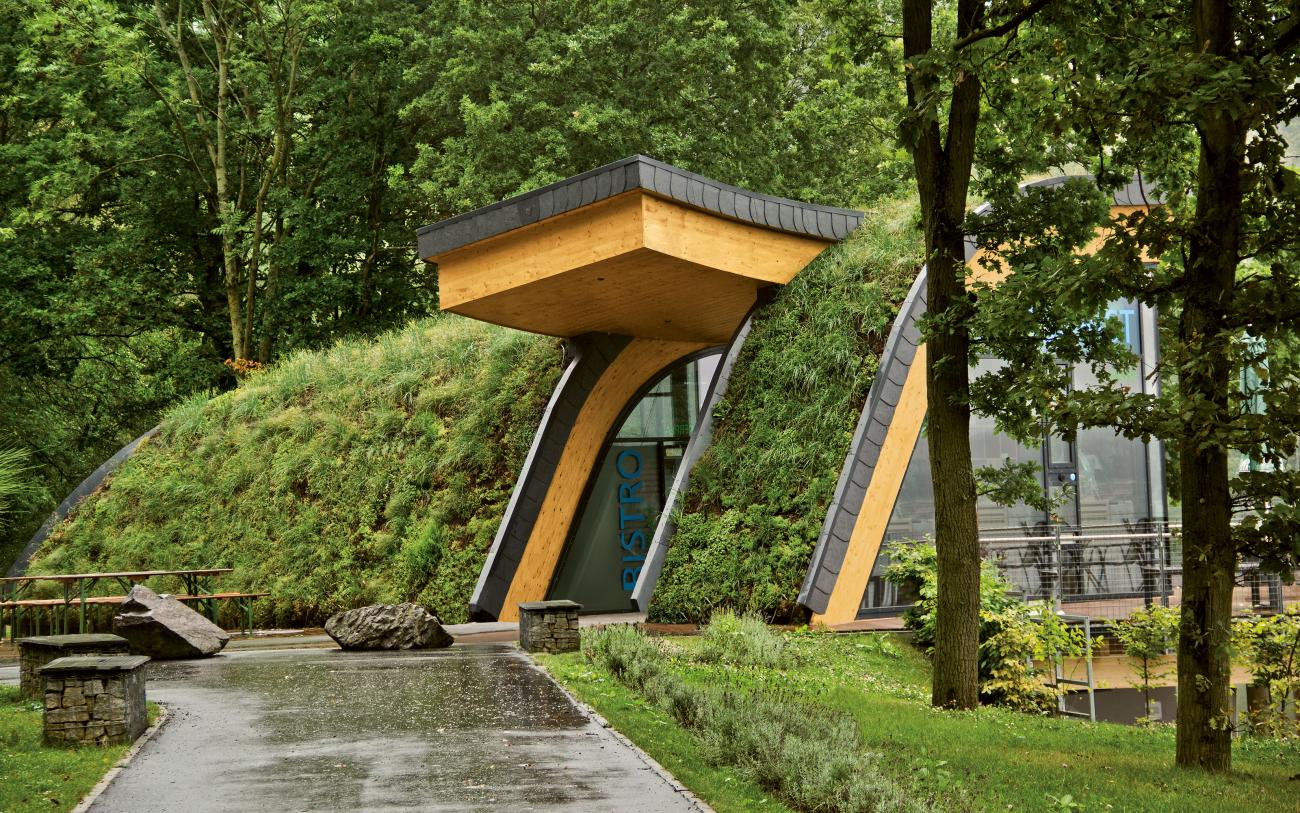

In order to foster pilot projects, the Barcelona City Council launched a green roofing competition in June 2017, an initiative to finance green roofs on private buildings. It is intended to be a tool for encouraging residents to choose the type of terrace roof or green roof by providing them a thorough explanation of technicalities as well as the social and environmental benefits. Different funding mechanisms can be used to encourage private and public implementation of green roofs, most often through co-financing, whether by direct financial incentives for the construction, or indirect financial incentives to split different fees.Īn example of detailed design guidelines promoting green roofs is the “ Guide to living terrace roofs and green roofs” developed by the Barcelona City Council. This encompasses that cities provide detailed design guidelines and, in some cases, they set up mandatory regulations for roof greening. The growth media of intensive green roofs needs to be relatively deep and nutrient rich to support the growth of plants and bigger trees.Ī growing number of cities are incorporating green roofs into their official plans, policies and operating procedures. The growth media is relatively thick and notably deeper than for extensive systems with integrated low-growing plants. Appropriate plants for intensive green roofs are mainly trees, shrubs and perennials. To enable human activities on green roofs and the integration of larger plants, trees and architectural elements, rooftops need to be flat. The intensive green roof type can host different activities including gardening, relaxing, socializing and educational ones. Intensive green vegetation is usually established on roofs that are accessible for public or recreation purposes, as well as for regular maintenance. They are more often applied on residential buildings, hotels or underground parking garages. Intensive green roofs are more complex and heavier greening systems which are characterized by a higher installation, maintenance, management effort (regular irrigation and fertilization) which leads to higher costs compared to extensive green roofs. The selected plants for extensive green roofs are generally well adapted to alpine environments/climate and tolerate Mediterranean climate conditions (e.g. Appropriate plants for extensive green roofs are low growing, rapidly spreading and shallow-rooting plants/hardy perennials (succulents such as sedums, herbs, wildflowers, grasses, mosses) that are able to survive with minimum nutrient uptakes and without additional nutrient supply. These extensive green roofs are accessible for annual maintenance and partially characterized by some slope.


Extensive green vegetation is often established on roofs that are not accessible or with very limited access to public. Extensive green roofs are basic, lightweight systems, characterized by minimum maintenance and management (automated irrigation, fertilization) after the establishment of the system. There are two typologies of green roofs: extensive and intensive. Primarily, they slow down storm-water runoff by increasing evapotranspiration that also decreases the air temperature. Green roofs serve several purposes for a building and the surrounding environment. Green roofs are multi-layered extensions of a building roof, partially or completely covered with vegetation and a growing medium, planted over a drainage layer.


 0 kommentar(er)
0 kommentar(er)
